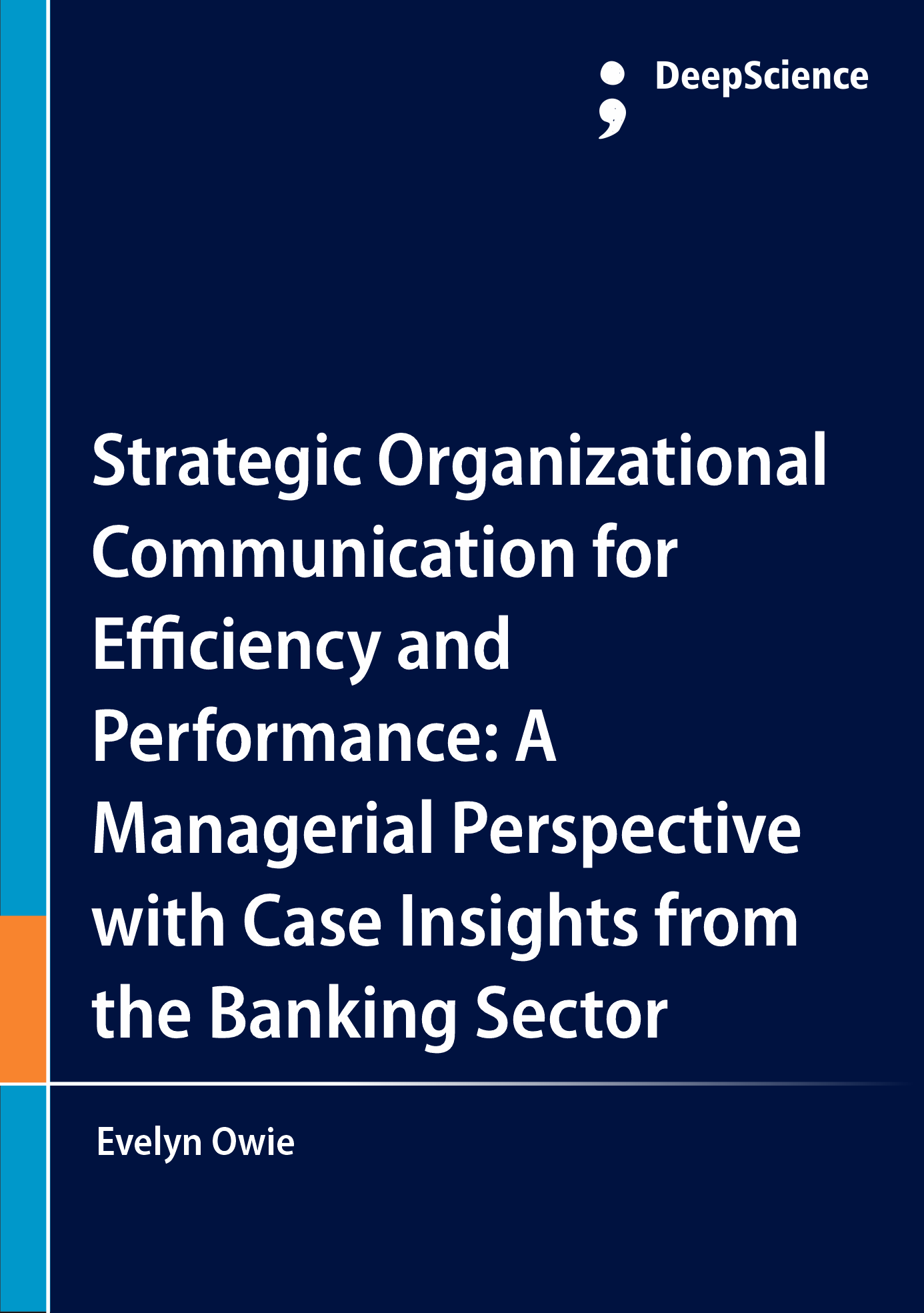A review on effective communication and organizational efficiency: Models, barriers, and strategic alignment
Synopsis
2.1 Introduction
This chapter comprehensively reviews relevant literature including conceptual frameworks, methodologies, empirical evidence, theoretical foundations, propositions, hypotheses, key findings, and conclusions from prior scholarly work related to the study.
2.2 Conceptual Framework
This study adopts a conceptual framework that explores the impact of communication on organizational performance (Robbins & Judge, 2023). Communication is fundamental to every organization’s success, serving as the foundation for interaction, coordination, and mutual understanding between management and employees. Haiemann (2011) defines communication as the transmission of ideas and the ability to make oneself understood by others. It involves the transfer of information between individuals or organizations using mutually agreed-upon symbols. Effective communication is crucial for organizational growth, as it strengthens management-employee relations and enhances overall staff performance.
Robbins (2011) describes communication as the “exchange and flow of ideas from one individual to another”. According to Trevithick (2003), this process involves a sender conveying ideas, knowledge, or directives to a receiver. Harper (2003) and McLeod (2007) both emphasize that “communication is only effective when the receiver accurately understands the sender’s intended message”. Poor communication is a common cause of confusion and failure in organizational planning. Karen and Kamyabs (2004) argue that effective communication is a vital element of administration. Communication occurs across multiple levels—including intra-individual, interpersonal, and group settings (Keith, 2014). At the intra-individual level, information is transmitted internally (e.g., from sensory organs to the brain) (Carlson & Birkett, 2021). At the relational level, it involves the exchange of messages between individuals. Regardless of the level, meaningful communication must inform, educate, and motivate employees across all organizational tiers (Barrett, 2002).
Banihashemi (2011) views communication not only as a means to achieve performance outcomes but also as a fundamental organizational function in itself. Stephen (2011) supports this view, emphasizing that communication is central to directing and mobilizing the workforce toward achieving organizational goals. Williams (2007) highlights that “effective, transparent communication between managers and employees is essential for success”. McKinney et al. (2004) liken communication in organizations to the circulation of blood in the human body, underscoring its essential role in team performance and coordination. Effective communication ensures the alignment of various organizational functions and resources. Managers spend a significant portion of their time communicating, as key managerial processes—planning, organizing, leading, and controlling—are all communication-dependent.
Russu (2001) defines communication as the transmission of information through symbolic messages—such as sounds, letters, facial expressions, and gestures—to foster mutual understanding and accomplish both individual and collective objectives. Communication is embedded in all human activities and has become an expansive field of study.Modern management increasingly emphasizes the importance of communication in leadership. Luthans and Larsen (1986, as cited in Hargie & Tourish, 2009) estimate that managers devote 60% to 80% of their time to communication-related tasks. Previous research emphasizes the central role of interpersonal communication in managerial functions (Mintzberg,1973). Existing research by Sims and Lorenzi (1992, as cited in Hargie & Tourish, 2009) affirms that effective leadership relies heavily on communication to create shared meaning, convey vision, and foster a sense of common purpose.
- Effective Communication
Effective communication is defined as “a process through which a sender conveys a message and receives feedback from the receiver in the manner intended”(Peter, 2015). It involves not only transmitting information but also ensuring that the message is accurately decoded and understood by the receiver. When the receiver misinterprets or fails to understand the message, communication becomes ineffective. Feedback plays a critical role in confirming that the message has achieved its desired impact (Berrelas, 2010).
Effective communication occurs when the intended recipient fully comprehends the meaning of the message and responds appropriately. It involves translating ideas, instructions, or guidance into spoken or written words—or even actions—in a way that ensures the receiver accurately interprets the message and responds appropriately (Victor Akam, 2011).
Within an organizational context, effective communication fosters commitment and supports the principles of Total Quality Management (Allen, 1992). It has also been linked to higher employee satisfaction (De Rider, 2004), as it provides the clarity necessary for employees to perform their roles effectively (Adler, 1999). When communication is clear and timely, employees are more likely to have immediate access to the tools and information they need to complete their assignments efficiently.
Moreover, effective communication within organizations is essential for coordination, leadership, control, and performance evaluation. Miscommunication, on the other hand, can result in poor decision-making with potentially harmful consequences for the organization. According to Asamu (2014), “open and clear communication between employees and managers is vital. Employees need to understand what is expected of them, and managers must provide clear, detailed job descriptions to guide performance.
Effective communication within an organization contributes significantly to fostering a motivational organizational climate. Barriers such as language differences, perceptual distortions, and contextual misunderstandings can be overcome by implementing measures that enhance the quality of communication. These measures may include adopting an open managerial style, establishing clear communication protocols, appointing a dedicated communication officer, and developing a comprehensive communication strategy, along with training programs to build essential communication skills (Zagan-Zelter, 2008).













